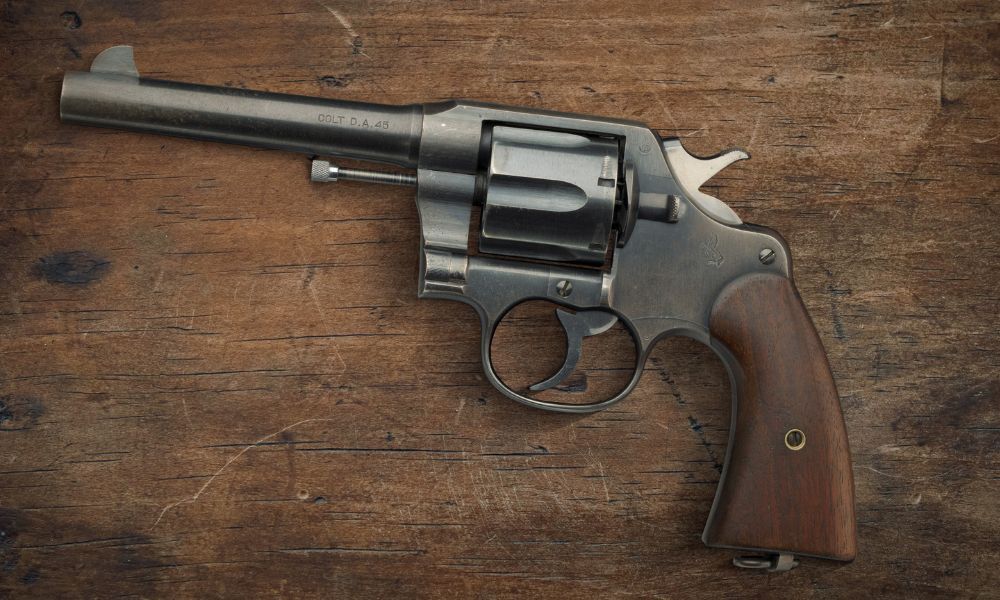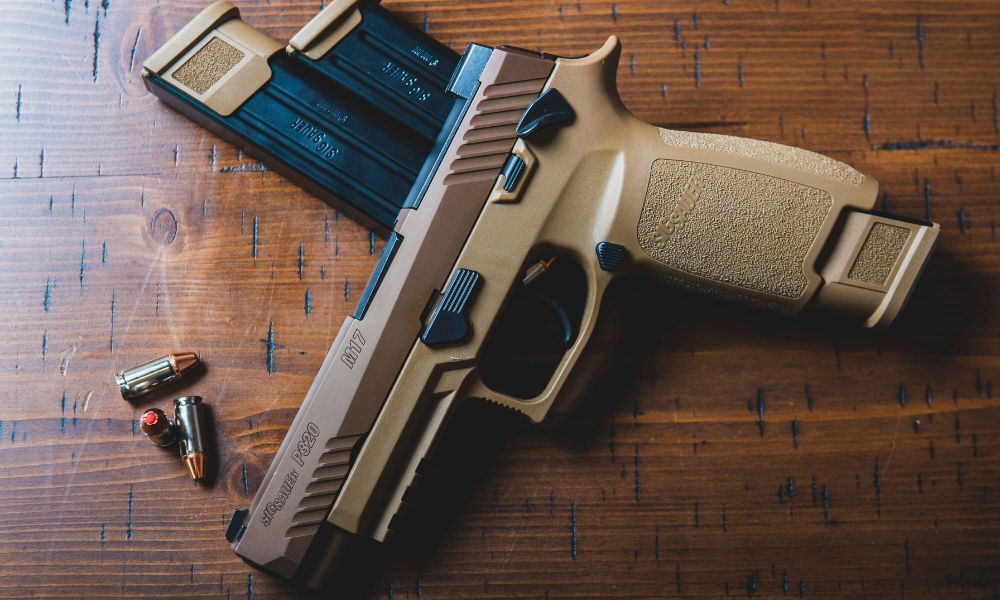Pistol vs. Revolver: What's the Difference?
Posted by Arms Protection on Aug 18th 2025
Ever been to the movies and seen a character pull out a handgun, and you're not quite sure what to call it? Is it a pistol? A revolver? They both fire bullets, so what's the big deal?
While both are types of handguns, pistols and revolvers have fundamental differences in their design and how they function. Understanding these distinctions can help you appreciate the engineering behind each firearm and make you a more informed enthusiast.
The Revolver: A Timeless Classic

The revolver is the older of the two designs, and its name literally gives away its primary feature: a revolving cylinder.
Key Features of a Revolver:
- Revolving Cylinder: Instead of a magazine, a revolver uses a cylinder with multiple chambers (typically five to eight). Each chamber holds a single cartridge. To fire, the cylinder rotates, aligning a new chamber with the barrel for each shot.
- Simple Action: Most revolvers operate with a simple double-action or single-action mechanism. In a single-action revolver, you must manually pull back the hammer for each shot. A double-action revolver allows you to pull the trigger to both cock the hammer and fire the shot.
- Reliability: Revolvers are known for their simplicity and robustness. They are less prone to jamming because they don't rely on the complex cycling of a slide and magazine to feed a new round. If a round fails to fire, you can simply pull the trigger again, and the cylinder will advance to the next cartridge.
- Open Frame: The frame of a revolver is generally more open, with the cylinder and hammer exposed.
- Limited Capacity: Due to the size of the cylinder, revolvers generally hold fewer rounds than a typical semi-automatic pistol.
Examples: The Colt Single Action Army, the Smith & Wesson Model 686, and the Ruger LCR are all well-known revolvers.
The Pistol: Modern and Efficient

When people talk about a "pistol" today, they are almost always referring to a semi-automatic pistol. The term "pistol" can technically refer to any handgun, but in common usage, it's used to distinguish it from a revolver.
Key Features of a Semi-Automatic Pistol:
- Magazine-Fed: Semi-automatic pistols use a detachable magazine (sometimes called a "clip," though this is technically incorrect) that is inserted into the grip. This magazine holds multiple rounds, typically 10 to 17 or more.
- Reciprocating Slide: After each shot, the recoil energy from the fired cartridge forces a component called the slide to move backward. This motion ejects the spent casing and, as the slide moves forward, it strips a new round from the magazine and chambers it.
- Higher Capacity: The use of a magazine allows for a much higher ammunition capacity compared to a revolver.
- Faster Reloads: Swapping out an empty magazine for a full one is significantly faster than manually reloading a revolver's cylinder one cartridge at a time.
- Closed Frame: The operating mechanism of a pistol is mostly enclosed within the slide and frame.
Examples: The Glock 19, the SIG Sauer P320, and the Colt 1911 are all classic examples of semi-automatic pistols.
The Core Difference: How They Load and Cycle
The most important distinction boils down to this:
- A revolver uses a revolving cylinder that manually rotates to present a new round to the barrel.
- A semi-automatic pistol uses a magazine and a reciprocating slide that cycles automatically to feed a new round into the chamber after each shot.
So, the next time you see a character in a movie or a friend at the range with a handgun, take a closer look. Does it have a big rotating cylinder, or does it have a flat grip with a magazine inserted? Now you'll know exactly what you're looking at.
Both revolvers and pistols are effective and reliable firearms, each with its own advantages and disadvantages. The choice between them often comes down to personal preference, intended use, and a shooter's comfort level.

